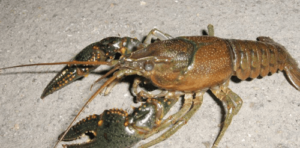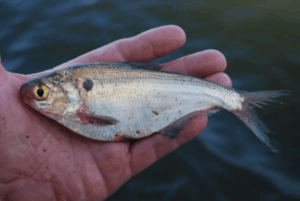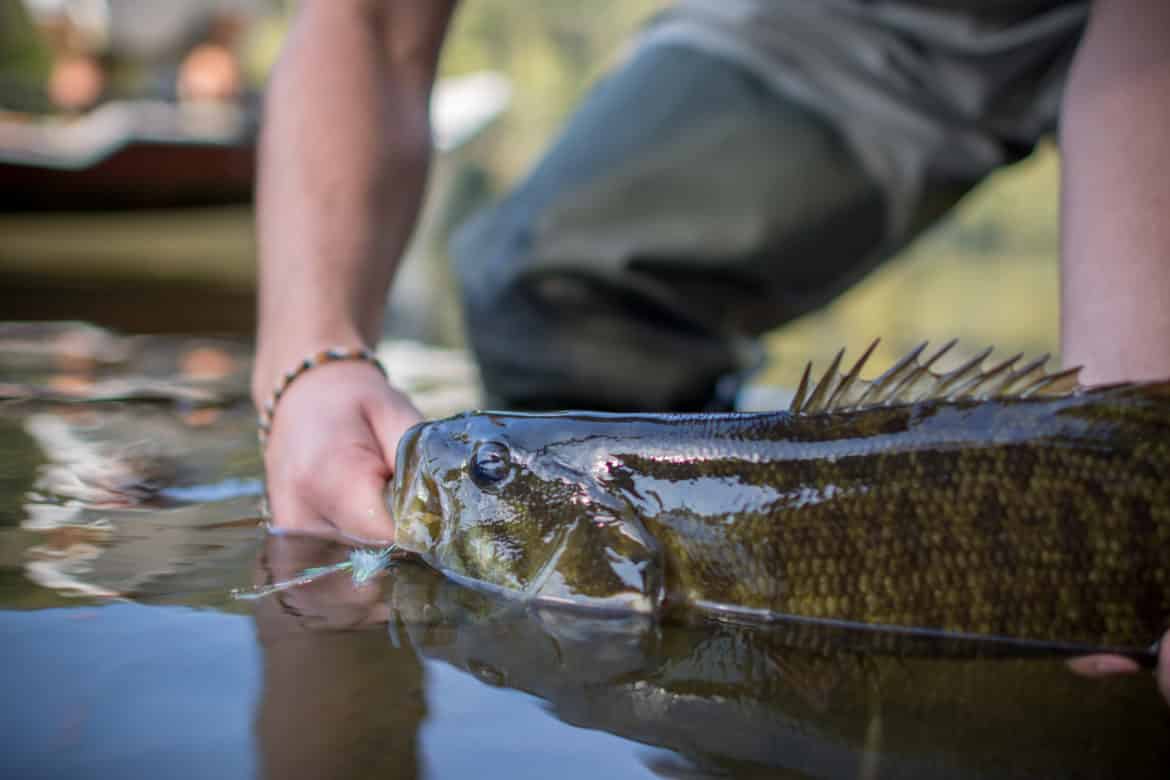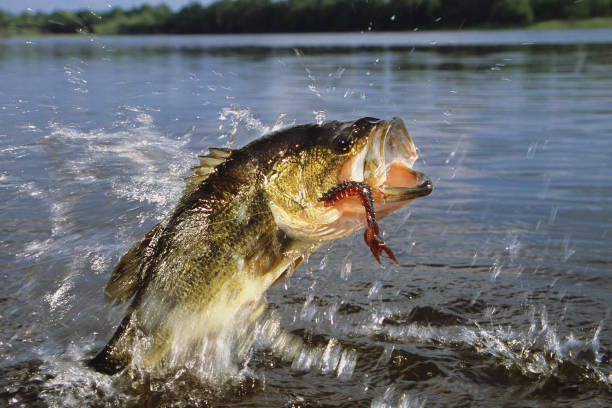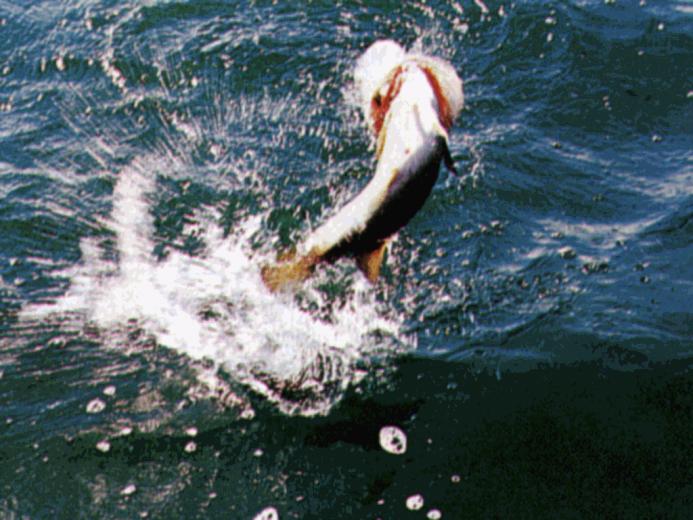In the last article we focused on the basics of how to as well as the use of various tools you might need to have not just a fun day on the water, but also having a productive and relaxing day on the water.
We continue our feature on Bass Fishing and hope you enjoy the read which was sent to us from the US Angler, which we appreciate and thank them for helping promote Sportswave.
Enjoy the read:
Why do pros do this?
30 pound mono or flouro won’t cast as well as 50-pound braid, so pound for pound, they’re getting more performance out of that heavy braid. But braided line is already pretty obvious in the water, and you’ll probably want to run a fluorocarbon or mono leader.
Fluorocarbon
Fluoro has a few advantages and a lot of hype surrounding it. It doesn’t absorb water, which is good, but it has a lot of memory, so it typically isn’t a great choice for long casts.
Moreover, most fluorocarbons offer inferior knot strength, though Seaguar Invizx is a notable exception to this, providing incredible performance in this respect.
You’ll often hear that fluoro is “low stretch;” that’s simply not the case. Fluorocarbon, like nylon monofilament, stretches under load.
When this is put to the test, fluoro demonstrates slightly less stretch than comparable nylon mono, though it tends to retain that elongation, permanently deforming as a result.
Don’t take our word for it; trust Berkley! According to them, fluorocarbon “actually stretches more than nylon mono. The difference is, it takes a greater force to get fluoro stretching in the first place. As a result, fluoro makes a fine choice for situations where controlled stretch is helpful, whether as a mainline or a leader in conjunction with low-stretch super-line.”
Fluoro is also touted as “fast-sinking,” but in the real world, the difference between it and braid are absolutely minimal. And as far as its supposed invisibility, the jury’s still out: we can’t find any scientific reason to suppose this is true. Rob Hughes summarizes our view pretty well. “Flouro [sic] is a brilliant material for a number of reasons, but assuming that it is invisible is a recipe for disaster.”
So what are the advantages of fluorocarbon?
It’s a bit more dense than mono, so it’s more sensitive, even though it offers shock absorption. It’s also about as invisible as quality mono, making it a good choice for a leader, especially when tied to braid.
What do we recommend?
As you can see, each type of line has strengths and weaknesses, and which is best for you depends on where and what techniques you’re fishing.
Our testing revealed that your top choices in mono, braid, and fluorocarbon are Stren Original, Sufix 832, and Seaguar Invizx, respectively.
Not sure which knot to tie? Check out or top recommendations for the best bass fishing knots!
Keep Your Hooks Sharp
Bass have bony jaws, and they quickly dull hooks. We’ve heard one pro confess that he sharpens his hooks after every fish, but that’s probably going a bit far!
Check out our guide on hook size for bass
But we do think you should change hooks often, and use the highest quality options you can find.
You probably already do that with your worm hooks, but keep in mind that while the trebles that come on your lures may seem plenty sharp, they’re usually a budget option to keep costs low for the manufacturer.
One tip you can pick up from the pros is to replace your treble hooks with premium quality alternatives like Gamakatsu. Subtly different in shape, premium hooks improve set and keep fish locked to your line far better than the bargain options.
Double set
Speaking of hooksets, a tip we like is to double set. This is a bit of insurance that’s saved a few fish for us, and it’s always a good idea.
Once you set the hook, get your line tight with a few cranks, and then set it again. This will all but guarantee that the hook is where it needs to be, and that the barb has penetrated to full depth.
Match the Hatch
As we mentioned above, bass are aggressive ambush predators. And though they’ll eat pretty much anything they can fit in their mouths, our experience and research suggest that you should “match the hatch” unless the water is particularly murky or stained.
For the most part, that means crawfish and shad.
As a result, we like oranges, reds, browns, silvers, golds, and blacks on our lures. And it’s never a bad idea to throw a crankbait that resembles a shad, and tossing a crawfish-shaped soft bait pays off quite a bit.
Check out our guide for using the best bait for bass
The third of the Bass Fishing series will be posted Wednesday June 16th for your reading enjoyment.
Stay Safe and Good Fishing!!!

